| March certainly looks different than February did! We're seeing lots of things sprouting, and now that we have an understanding of how evaporation works from our Ships in a Field Unit, we're recognizing why the air feels kind of humid today after this morning's rain storm. There's plenty of life beginning to bloom! |
|
Our February data collection day was a bit warmer than we expected, and in fact, our whole winter has been milder than usual. We did see big differences since January, however. Things are certainly changing!
January was pretty mild compared to other January's we've had in Chicago. Students still frantically collected their temperature and weather data before heading inside!
We'll be seeing how a natural event can curb all this change next...check back soon! And in our last visit from Ms. Claire from the nature museum, we were lucky to have her bring out an animal that lives in the prairie--a turtle! How cool!
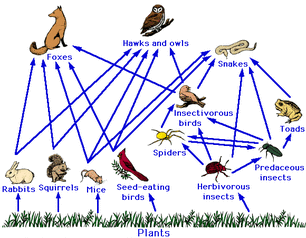 How can we gather evidence that the energy in animals' food was once from the sun? Students engaged in several activities where we gathered evidence for this. First, we used packing peanuts to represent the sun's energy. We passed the packing peanuts to a producer, who was able to use some of the energy to make its own food. Some of the packing peanuts fell to the floor, representing the energy going to other organisms or places that can absorb the sun's rays. From the producer, we passed the energy on to a consumer, who used the energy to go about his daily activities, like hunting, breathing, sleeping, and maintaining his body temperature. Regardless of the animal or the ecosystem he called home, students were able to trace the energy each organism used back to the sun. Check out this song to show one part of this interconnected food web: a food chain! How can we see how every organism is matched to the ecosystem(s) in which they live? Fifth graders gathered evidence to support their claims regarding where specific Midwestern organisms live. Does the ecosystem provide for the animal's needs for food, shelter, and reproduction? If not, then that ecosystem can't be for the organism! If yes, than that ecosystem is just right for that organism!
|
Human ImpactHow do humans impact each of these systems everyday? Archives
March 2016
Categories |




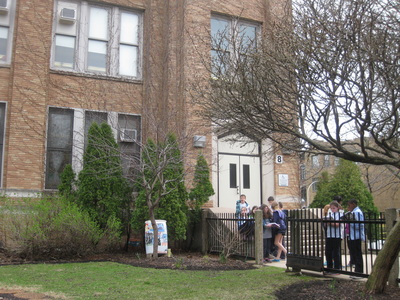





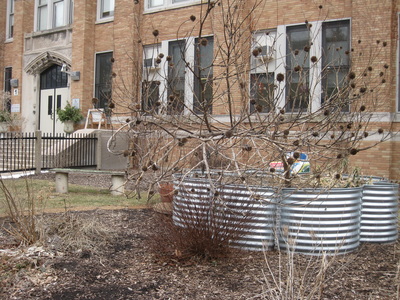



















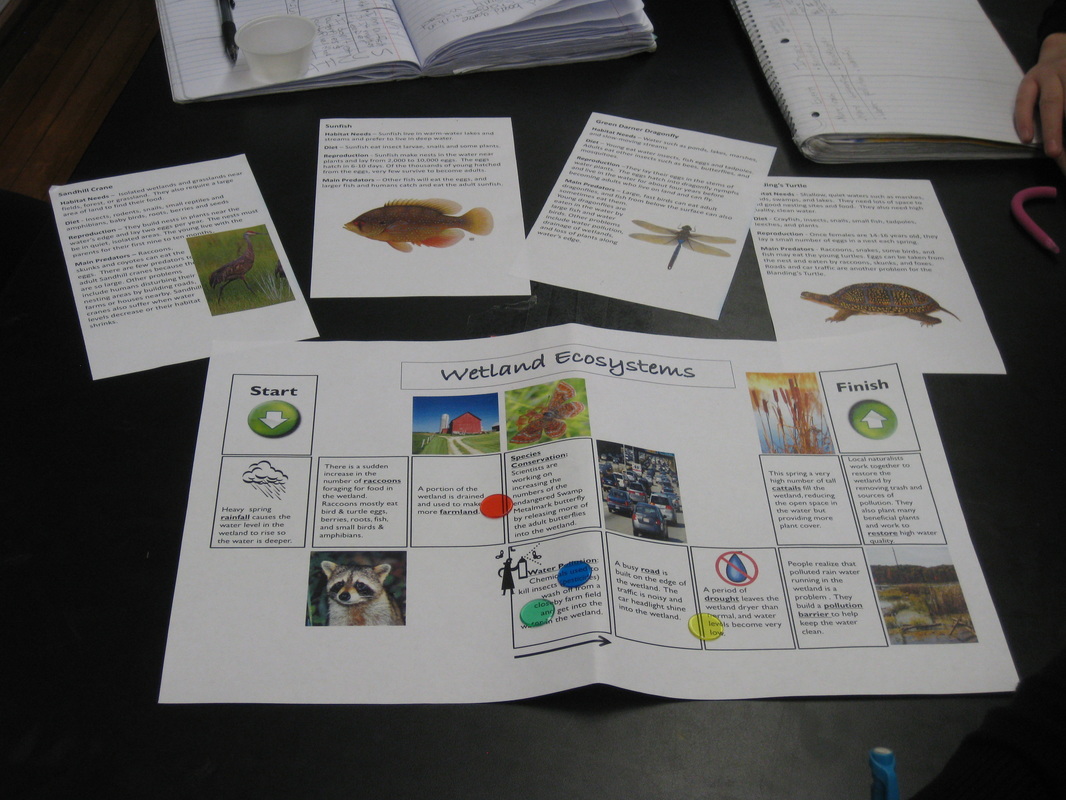





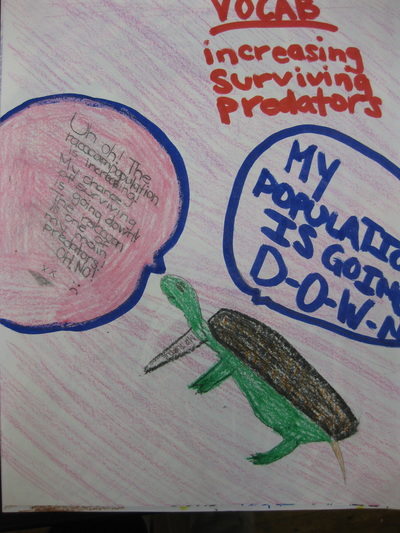










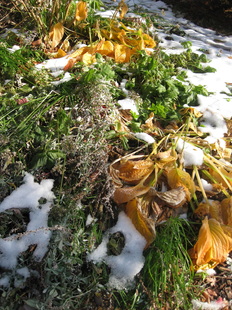





 RSS Feed
RSS Feed